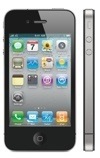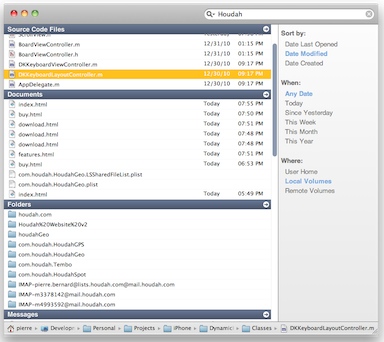Personal computers (PCs) based on ARM architecture will grow in popularity and their market share will almost double from 14% now to 25% by 2027, according to Counterpoint Research’s latest projections. The ability of ARM-based hardware to run macOS has allowed Apple to capture 90% of the ARM-based notebook computer market, notes the research group.
However, the full support of Windows and Office365 and the speed of native ARM-based app adoption are also critical factors in determining the ARM SoC penetration rate in PCs. Once these factors are addressed, ARM-based PCs will become a viable option for both daily users and businesses, adds Canalys. The report also says:
° Featuring high-performance CPU cores and integrated memory, ARM-based PC SoCs are poised to rival x86 CPUs, with advanced AI and GPUs providing capabilities that surpass those of traditional x86 PCs.
° ARM-based PCs consolidate several components into smaller devices, facilitating the integration of laptop and tablet form factors while offering a variety of form factors such as stick and VR headsets.
° The size and weight of PCs are expected to decrease with the introduction of ARM-based SoCs. This will result in a smaller size difference between Arm-based PCs and tablets, facilitating easier integration of these two form factors by manufacturers. This is likely to lead to an increase in the production of laptop-tablet hybrids that can seamlessly switch between the two modes. With the growing popularity and affordability of these devices, convergence between laptop and tablet form factors is likely to intensify.
Apple is a co-owner of ARM Holdings, and Apple has designed their own “SoC” chips based primarily on the ARM chip architecture. Apple refers to its Mac processors as “Apple Silicon.” Starting with certain models introduced in late 2020, Apple began the transition from Intel processors to Apple silicon in Mac computers.
Article provided with permission from AppleWorld.Today



